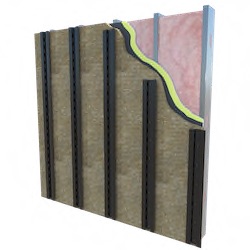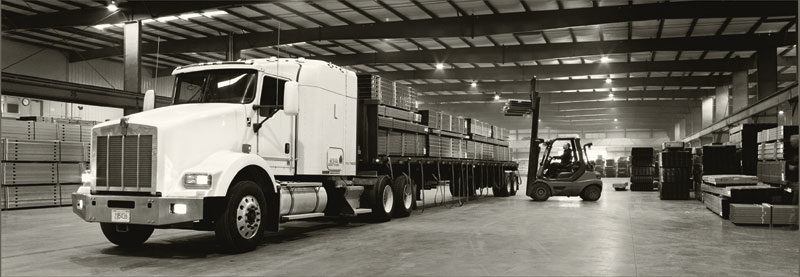The addition allows for vertical rainscreen attachment to continuous insulation systems
West Chester, Ohio - May 27, 2025 – In response to customer requests for a vertical cladding support system, ClarkDietrich has launched ProChannel Ci – Vertical, a new variation of its ProChannel Ci™ Cladding Support with Grip-Deck TubeSeal Technology. The new product gives builders and architects a solution for installing vertical rainscreen cladding over continuous insulation with self-sealing fasteners for a superior building envelope.

“A significant amount of exterior cladding requires a vertical sub-framing system. This new iteration of ProChannel Ci shows ClarkDietrich’s dedication to rainscreen assemblies,” said Ryan Reed, category manager for ClarkDietrich. “Plus, in addition to the standard galvanized metal finish, the product is available in matte black for open-joint systems.”
ProChannel Ci – Vertical boasts the same management against air and water intrusion. The system uses Grip-Deck TubeSeal® fasteners from TRUFAST to help seal the fastener penetrations, creating a thermally and structurally efficient wall cladding support system. Each fastener is outfitted with a UV-resistant, semi-rigid tube that compresses around the penetration to “help seal blind fastener penetrations in WRBs and air-barriers when mechanically attaching continuous insulation,” according to TRUFAST.
Designed for residential and commercial applications, ProChannel Ci – Vertical creates a 7/8" rainscreen cavity, with slotted holes allowing for moisture drainage and air movement. It is installed over exterior continuous insulations, and it does not use any clips, girts, or other large penetrations through the insulation to affix the rainscreen to the structure. Grip-Deck TubeSeal fasteners are provided and are available for either metal or wood framing and in various lengths to accommodate different insulation depths.
ProChannel Ci – Vertical meets the requirements of AISI S100-16 (2020) w/S2-20 and AISI S240-20. The entire system also meets and exceeds ASTM E331 (Test Method for Water Penetration) and E2357 (Test Method for Air Leakage).
